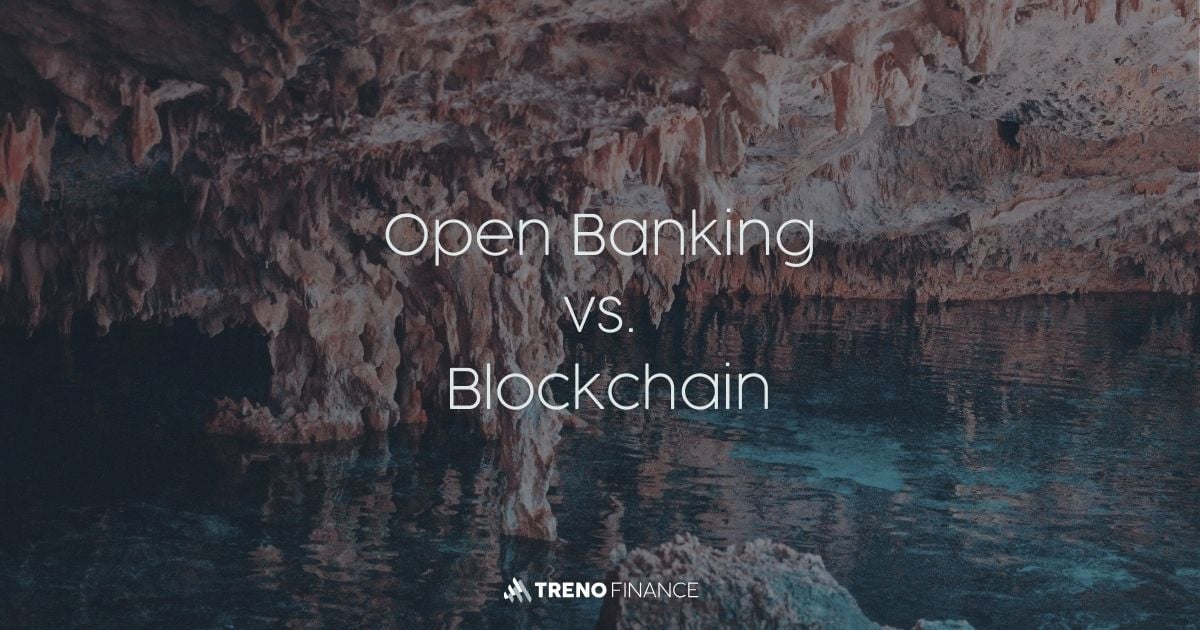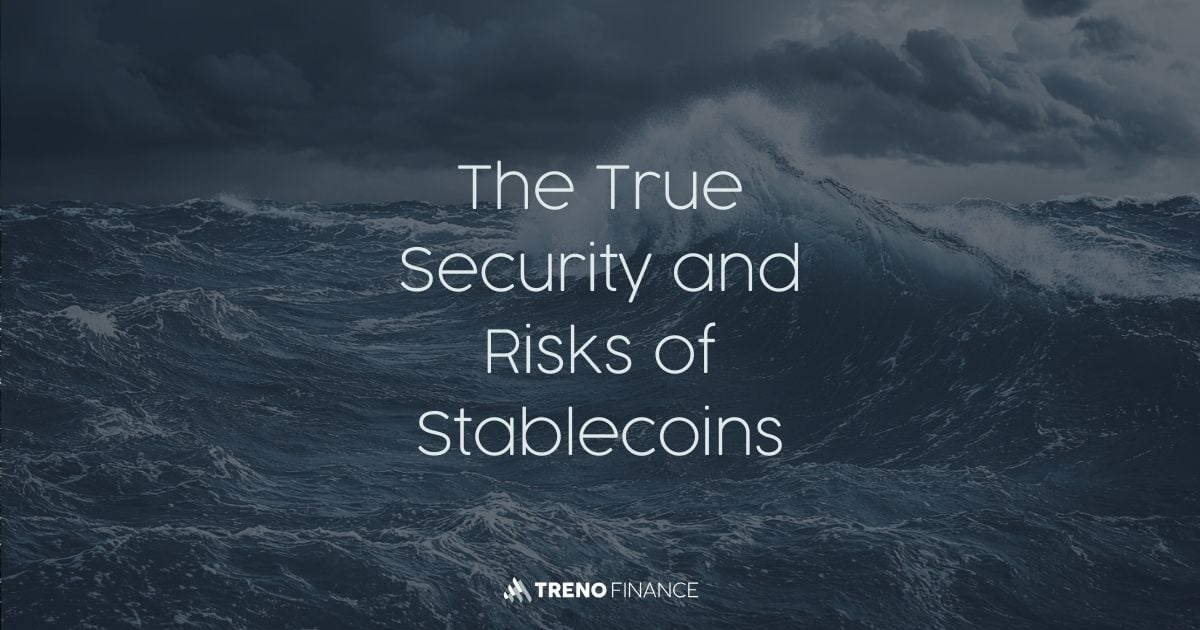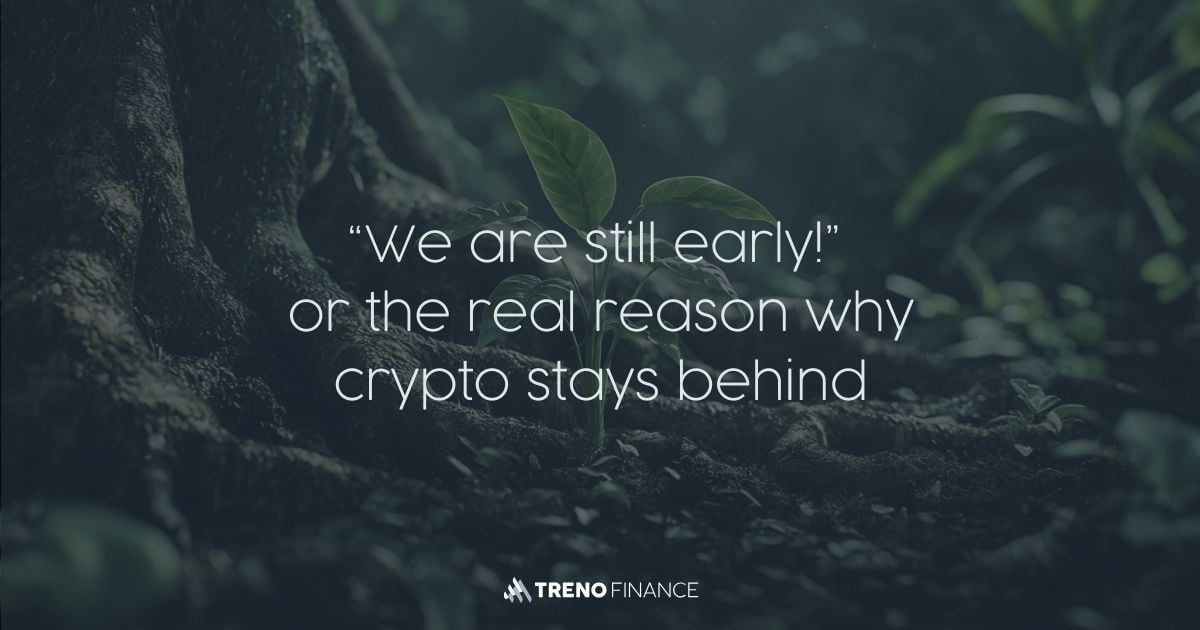It’s Not Yield. It’s Rebalancing Disguised as Income
DeFi yields often result from automatic rebalancing, not real returns; when ETH rises, the pool quietly sells down your position into USDC; the displayed APR hides actual losses from price movements and impermanent loss; traders and protocols profit while you carry the risk.
1. Welcome to the DeFi Pool Party
It all sounds too good to be true:
You park your assets in a pool, and they magically earn 20% interest. No active management. No phone calls. No late-night candle charts. Just passive income, on autopilot.
DeFi calls it liquidity provision. Platforms call it yield farming.
Let’s call it what it really is:
A pool party where you're the bartender, the booze, and the tip jar, all at once.
Everyone’s invited:
- Protocols get the liquidity they need to function.
- Traders enjoy tight spreads and instant execution.
- And you? You’re promised high returns for doing "nothing."
Except, of course, you are doing something.
You're slowly, silently selling your most valuable assets without realizing it.
Because while the interface tells you you're earning 20% APY, what it doesn't tell you is this:
You're not just providing liquidity. You're taking on risk. A lot of it.
And just like any wild party with free drinks and no rules,
someone always ends up cleaning up the mess.
2. The Fine Print Behind the Floaties
The idea sounds deceptively simple. You add two tokens into a pool, for example ETH and USDC, and in return you get a share of trading fees. The more volume, the more you earn. It feels like dividend investing with a DeFi twist.
But unlike a dividend stock, you're not holding anything stable.
You're entering an automated system that constantly reshuffles your assets whenever the market moves. And that is exactly where the trouble begins.
The formula behind it is clever. Some even call it beautiful. But in practice, it has a hidden side.
Automated market makers, or AMMs, operate on a fixed rule. The value in the pool must stay balanced between the two tokens. So if the price of ETH goes up, the pool will start selling ETH and accumulating USDC to keep that balance.
In plain English:
When ETH gains value, your position quietly starts selling it off.
You have no control over when or how much.
You simply end up holding less ETH and more USDC, right at the moment ETH becomes more valuable.
This is the mechanism behind what DeFi calls impermanent loss.
Impermanent because, in theory, you could get your ETH back if the price returns to where it was. But in reality, most users withdraw long before that happens. Especially if ETH keeps rising.
At that point, the loss is very real.
You thought you were earning yield, but you were actually trading away your upside. Slowly, automatically, and without even noticing.
Even moderate price changes can reduce your exposure.
A 30 percent increase in ETH can already tilt the balance so much that you're left with significantly more USDC than you planned for.
And if you’re bullish on ETH, that is not yield. That is a stealthy exit.
3. APR vs. Reality
Let’s talk about the number that gets everyone’s attention first. Twenty percent. Maybe even more, depending on the platform. Annual Percentage Rate sounds like a straightforward promise. You put assets in, and over time, you earn a steady return.
But APR is only half the story. Actually, less than half.
Those twenty percent are based on what the protocol pays out, not on what your position is really worth after market movements, impermanent loss, and shifting exposure. And that difference can be dramatic.
Imagine you add ETH and USDC to a pool when ETH is worth 2,500 dollars. A few months later, ETH jumps to 4,000. Sounds like a win, right? Not quite. The pool has automatically rebalanced your position. You now hold fewer ETH and more USDC. You made some trading fees, sure. But you also sold ETH without deciding to sell it. And you did so at prices below the current one.
The result? You underperformed your own conviction.
If you had simply held your ETH, you would have done better. Instead, you tried to farm yield and ended up clipping your upside.
This is where the illusion becomes dangerous.
APR gives you the illusion of predictability. It tells you what the protocol distributes, not what you actually keep. The more volatile the asset, the more this illusion costs you.
In finance, we call that basis risk. In DeFi, we call it user error.
4. Who’s Really Partying?
Liquidity pools are often framed as a win-win. Traders get instant execution. Protocols get liquidity. You get yield. Everyone wins.
Except not everyone wins equally.
Let’s start with the traders. They love liquidity pools. Thanks to the way automated pricing works, they can buy or sell at predictable prices with minimal slippage. In volatile markets, they can even exploit price differences between pools and exchanges through arbitrage. Their profits come directly from the pool. In other words, from you.
Protocols win too. High total value locked makes them look successful. It boosts rankings, attracts attention, and justifies token emissions. They often pay you in their own governance tokens, which you then sell to realize that juicy APR. The protocol gets liquidity. You get exposure to a token they printed for free.
And then there is you. The liquidity provider.
You are promised a share of the action. But in practice, you take on concentrated exposure to volatility, unpredictable loss, and a payout structure that is entirely outside your control. The moment rewards slow down or prices move sharply, you are left with a diluted position and no clear exit.
It is not a partnership. It is a transfer.
And in most cases, the transfer goes from you to them.
So who is really partying here?
You might be the only one bringing drinks and leaving without your wallet.
5. Hidden Risk, No Disclosure
In traditional finance, you would never launch an investment product without disclosing the risks. There are legal frameworks, prospectuses, disclaimers, stress tests. Even the shadiest junk bond comes with a risk profile and a warning label.
In DeFi, that idea does not exist.
Liquidity pools are presented as neutral infrastructure. There is no disclosure of impermanent loss. No mention of exposure drift. No warning that your ETH allocation will shrink if the market moves in the wrong direction. Just a button that says “Deposit” and a number that says “20 percent.”
And yet, what you are actually doing is complex.
You are entering a position that changes its composition with every price tick. You are taking on directional risk without realizing it. You are relying on incentives that may dry up without notice. And you are doing it all in an environment with no guarantees, no backstops, and no regulation.
This is not passive income. It is active risk management disguised as a savings product.
Most users do not even know what they are exposed to.
And most platforms are happy to keep it that way.
6. If You Still Want to Farm: Here's How Not to Drown
Let’s be fair. Not all liquidity farming is a trap. But if you insist on joining the party, at least stay near the exit.
There are ways to reduce the risk, if you know what you are doing.
The simplest is to avoid volatile pairs. Pools like USDC and DAI, or other stablecoin combinations, have virtually no impermanent loss. The yields are lower, often in the low single digits, but they are honest. What you see is roughly what you get.
Another option is to use asymmetric pools. Platforms like Balancer allow weighted pools where one asset can make up 80 percent or more of the position. This reduces the risk of being forced to sell your main asset too aggressively. You still take on some exposure drift, but it is more manageable.
Then there are hedged strategies. This is where things get more complex. You provide liquidity in a pool, and at the same time you open a short position on the volatile asset. If ETH rises, your LP sells ETH but your short gains value. Done right, the two cancel each other out. You keep the yield without losing your exposure. But you also need to rebalance, monitor funding rates, and manage margin. This is not for casual users.
And finally, there is the radical idea:
If your goal is to hold ETH, then maybe just hold ETH. Staked ETH already earns yield. It does not rebalance itself out of your portfolio. It does not pretend to be risk-free. And it does not need a flashy APR to stay relevant.
7. Conclusion: Risk-Free Looks Different
Liquidity farming is not passive income. It is not free money. And it is definitely not risk-free.
It is a financial instrument with embedded volatility, hidden exposure shifts, and a payout mechanism that most users do not understand. That would be fine if the platforms made that clear. But they do not. They show you the APR and let you figure out the rest when it is already too late.
The real problem is not the risk.
It is the lack of transparency.
When your capital changes form every time the market moves, when your ETH quietly turns into USDC just because the price went up, that is not yield. That is friction with a marketing department.
And if your DeFi strategy only works as long as you do not look too closely, then maybe it is not a strategy. Maybe it is just denial.
At Treno, we believe risk deserves clarity.
Because if you're going to dive into the pool, you should at least know how deep it is.






